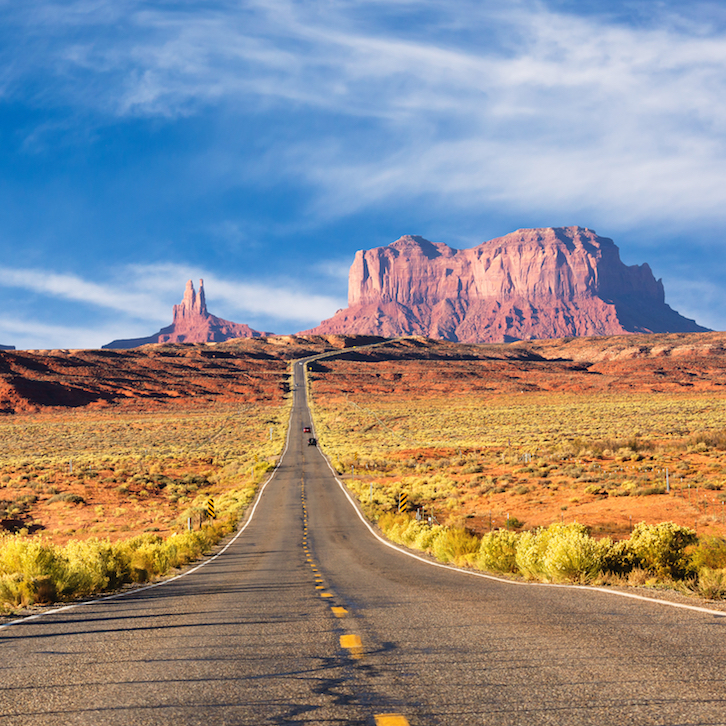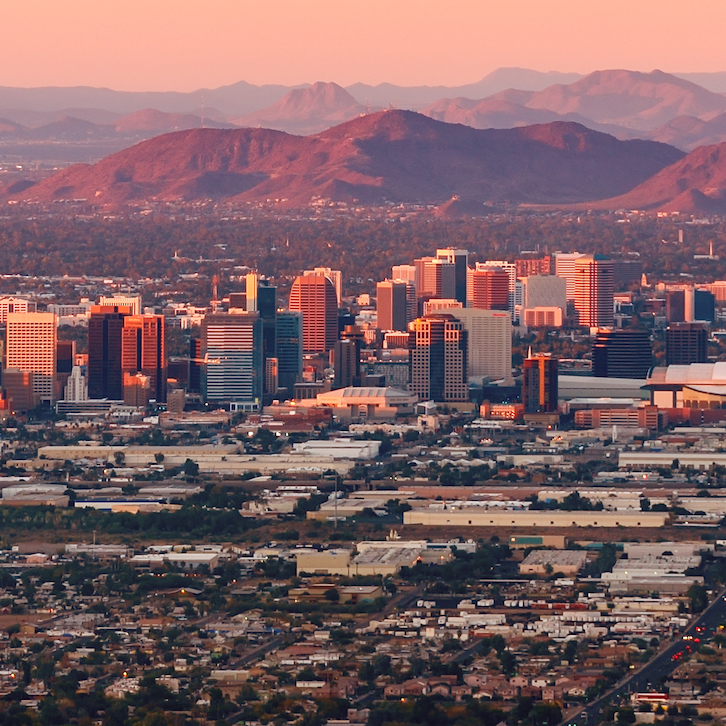Kidney Stones
Kidney stones are accumulations of chemicals in the urine that form stones in the kidney. Most stones are made of calcium oxalate but sometimes other chemicals can form stones. Living in Arizona kidney stones are very common due to the dry and hot weather we have. It can happen in men and women and even some children have predisposing factors that can cause stones.
The stones generally form in the kidney and at some point, can start traveling down the ureter toward the bladder. A stone in the kidney usually does not cause any pain until it starts traveling. Once it makes it to the bladder (or is removed surgically) the pain resolves. Small stones can pass with minimal discomfort or can be debilitating with pain, nausea and vomiting. Any time a kidney stone is associated with an infection, it can become very serious. It’s important to go to the ER if you have kidney stones with a fever or UTI. Those that are diabetic are at increased risk for sepsis with kidney stones.
Symptoms:
A stone in the kidney may have no symptoms or just an ache. But when stones are stuck or are traveling, the pain can be severe. Here is a list of symptoms:
- Flank pain/Abdominal pain
- Nausea
- Vomiting
- Fevers/chills- if you have these with a kidney stone, go to the ER
- Hematuria- blood in the urine
- Dark urine
- Urgency to urinate- especially as the stone nears the bladder
- Sometimes, no symptoms
Causes:
There are certain foods and dietary and lifestyle causes of stones. Also, certain medical conditions can predispose you to kidney stones. These are some of the most common:
- Dehydration- not drinking enough water
- Caffeine- energy drinks, coffee
- Sodas or carbonated drinks
- Family history of kidney stones
- Too much calcium or too little calcium in the diet
- Green leafy vegetables
- Certain nuts
- Avocados
- Uric acid foods- red meat, red wine, shellfish, cheese
- Diabetes
- Parathyroid gland over activity
- Immobility- wheelchair bound, not active
- Bowel disease- any inflammatory disease of the bowel or bowel surgery
- Weight gain
- Certain medications- too much Vitamin C, calcium, Topamax (migraine medication)
Evaluation and Diagnosis:
Most times a good history and physical can diagnose a kidney stone, but the gold standard and best test for kidney stones is a CT scan. Patients with a suspected stone will undergo a physical, urinalysis, CT scan of the abdomen and pelvis and sometimes blood work to rule out infection and kidney damage.
Common tests:
- CT scan of the abdomen and pelvis
- Urinalysis and culture- urine test to rule out infection or blood
- CBC – blood test
- BMP- blood test
If there is no infection, a patient can be treated as an outpatient and depending on the size and location of the stone Dr. Shaba will advise you on what your chances of passing the stone naturally vs some type of surgery/procedure to remove or break up the stone.
If there is active infection, the patient can be admitted to the hospital to control the infection before the stone can be treated.
Treatment:
Stones less than 5mm have a better chance of passing on their own than those 5mm or greater. Depending on the size, location and number of stones you have the treatment options may vary.
Stone passage can be painful and can cause nausea and vomiting. Pain medications and anti-nausea medications can be given, as well as medicines that may help pass the stone may be given to aid the natural passage.
ESWL- Extracorporeal shockwave lithotripsy is the preferred treatment for most stones. It is a procedure done under general anesthesia where sound waves are sent thru the body to “blast” the stone. The idea is to turn the stone into sand that can easily pass without pain. It generally takes about 30 minutes and usually does not require any cameras or stents. Patients generally go home about 1 hour after the procedure.
Ureteroscopy- Done under general anesthesia, this is a very small camera passed thru the natural tubing thru the urethral, bladder, ureter and into the kidney to where ever the stone is. Once the stone is found a tiny laser can be used to break the stone and remove the pieces with a small basket. This is more invasive than ESWL, but still a minimally invasive procedure. This procedure requires leaving a plastic stent temporarily to help heal the inflammation caused by the stone and scope. This is taken out in the office usually 1 week later. These procedures are done as an outpatient- meaning you can go home the same day. There are times when ureteroscopy is preferred over ESWL, but Dr. Shaba can advise you on what treatment is best for the type of stone you have.
PCNL- Percutaneous nephrolithotomy is the most invasive procedure for stones used today. It is reserved for stones that are extremely large which usually fill the whole kidney (staghorn calculus). It requires a nephrostomy tube usually placed before the procedure by a radiologist and then using that tube to gain access to the kidney. An incision is made on the back and a tube is placed thru the back into the kidney. A “jackhammer” like device is used to break the stone and a suction is used to remove the pieces. This is done under general anesthesia and has many more risks than the above treatments. It usually requires an overnight stay at the hospital.
We are lucky to have these types of treatments available. 40 years ago, the treatment of choice was to make a large incision thru the back or abdomen and cut open the kidney or ureter to remove the stone. Obviously, this required a prolonged recovery and caused a lot of pain and scarring.
Dr. Shaba will advise you what treatment will work best for you.
For more information please visit: https://www.urologyhealth.org/urology-a-z/k/kidney-stones




